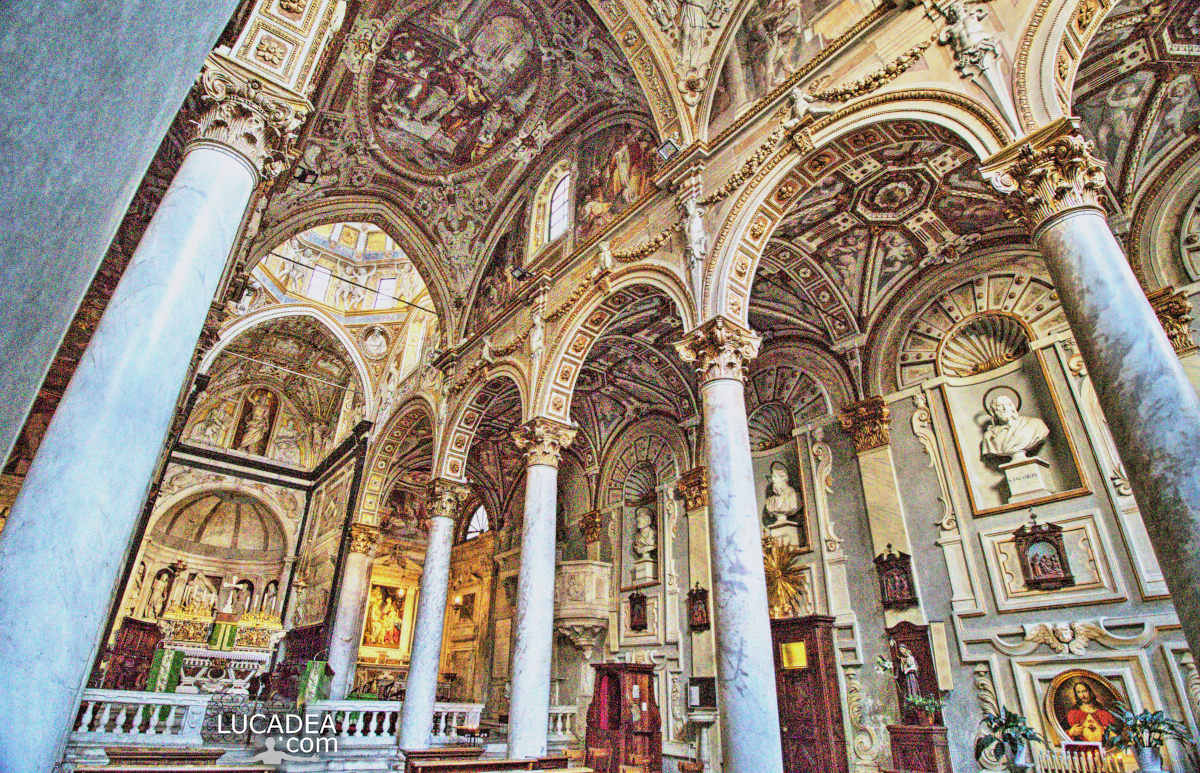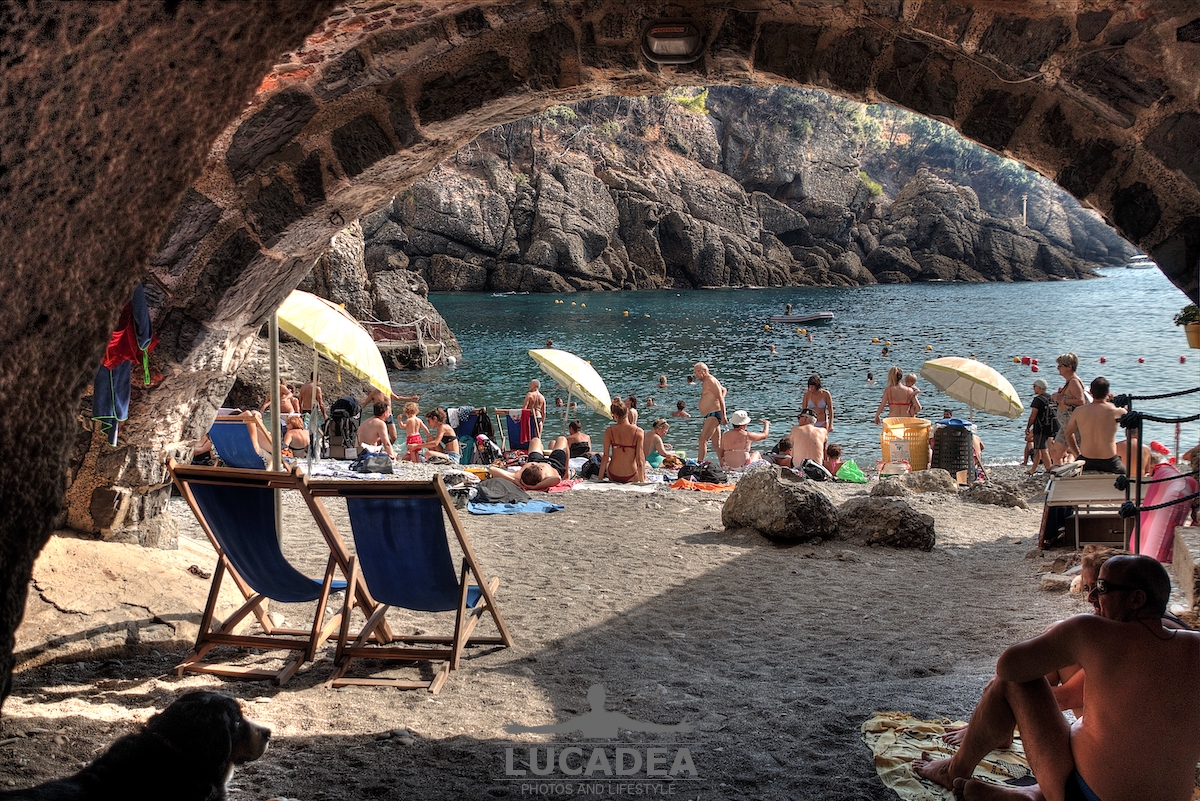San Matteo square and the Abbey in the heart of Genoa.
In the beating heart of Genoa, among the intricate streets of the historic center, there is a hidden jewel of rare beauty and extraordinary historical importance: Piazza San Matteo and its Abbey. This corner of the city, less known than other tourist destinations, contains centuries of history, art and culture, offering visitors a privileged glimpse of medieval and Renaissance Genoa.
Piazza San Matteo is closely linked to the powerful Doria family, one of the most influential in the Republic of Genoa. It was Andrea Doria, a famous admiral and prominent figure of the 16th century, who transformed this square into the symbol of the power of his family. The square was renovated in 1278, when the Dorias decided to build their residences there, creating a unique and fascinating architectural complex.
The buildings overlooking Piazza San Matteo are characterized by typical medieval architecture, with black and white marble facades, a distinctive sign of the Genoese nobility of the time. The tower houses, which rise majestically, tell of a time when noble families built these structures not only as homes, but also as symbols of power and security.
In the heart of the square stands the Abbey of San Matteo, founded in 1125 by Martino Doria, another illustrious member of the family. This church, which initially served as the private chapel of the Doria family, is an extraordinary example of Romanesque architecture, enriched with Gothic and Renaissance elements over the centuries.
The interior of the abbey is a true treasure chest of artistic treasures. Among the masterpieces kept there are works by Luca Cambiaso, one of the greatest Genoese painters of the sixteenth century, and by Giovanni Battista Castello, known as il Bergamasco. The adjacent cloister, with its elegant arches and columns, offers an oasis of peace and reflection, away from the hustle and bustle of the city.
Piazza San Matteo and its abbey are not just testimonies of the past, but living places that continue to pulsate with culture and memory. Every year, cultural events and demonstrations enliven the square, making it a meeting point for Genoese and visitors. Guided tours allow you to discover the stories and secrets that lie behind every stone, making each visit a unique experience.
San Matteo square and the Abbey are an essential stop for those who want to know the true essence of Genoa. This hidden corner of the city offers a journey through time, through history, art and tradition, revealing the most authentic and fascinating face of the Superba. Whether you are a history buff, an art lover or simply curious, a visit to Piazza San Matteo will give you unforgettable emotions and discoveries.
Have you ever visited this church and especially its cloister?
Add your own comment or go to the bottom of the site to read what other visitors have written.
Photo taken with Canon EOS RP and lens Canon EF-S 10-18.
There is also a nice official website: parrocchiasanmatteo.org.
To see all the photos I took in the Genoese church, click here:

Martino Doria, who entered the Benedictine friars of the Abbey of San Fruttuoso di Capodimonte after becoming a widower, obtained permission from Bishop Sigifredo to build a small church on land owned by the family near the Cathedral of San Lorenzo. The dedication of the new church to San Matteo was linked to his profession as a tax collector, just like the Dorias, who therefore made him their patron.
Continue and learn more on Wikipedia
Here is where the abbey is located:
The square dedicated to Saint Matthew and the abbey in the heart of Genoa – La place dédiée à Saint Matthieu et l’abbaye au coeur de Gênes – La plaza dedicada a San Mateo y la abadía en el corazón de Génova – A praça dedicada a São Mateus e a abadia no coração de Gênova – Der dem Heiligen Matthäus und der Abtei gewidmete Platz im Herzen von Genua – Quảng trường dành riêng cho Thánh Matthew và tu viện ở trung tâm Genoa
The text of the post was written with the help of ChatGPT, a language model from OpenAI.













